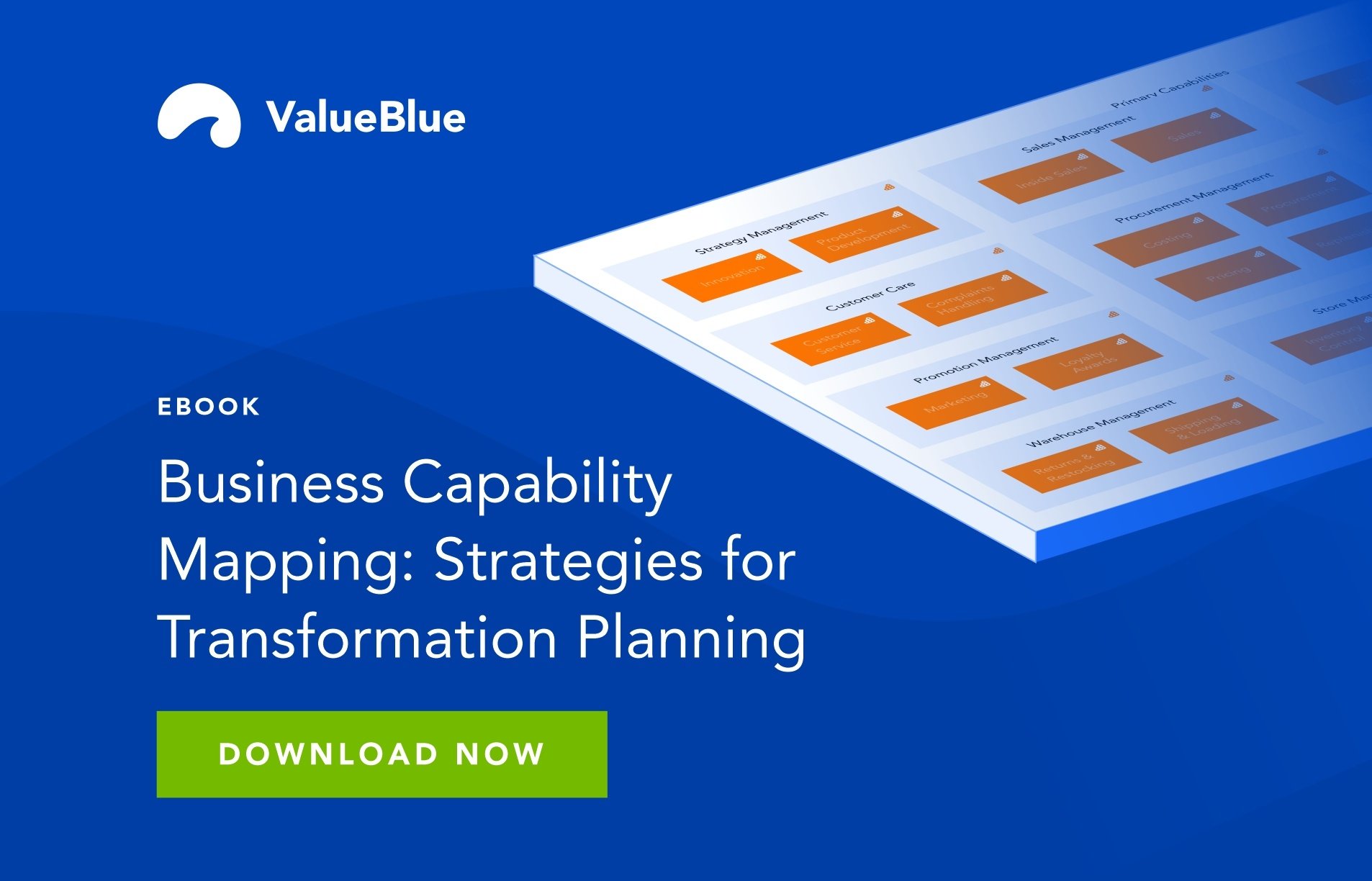Is Collaborative Enterprise Architecture the answer to achieving effectiveness?
Enterprise Architecture, as a matter of basic principle involves integration between business and IT.Most of the time, the Enterprise Architecture function sits within IT, working closely as a partner to provide input to the CIO. Often this structure means that the Enterprise Architecture department is led and staffed by individuals with an operational IT background – data management, process management, and of course, software architecture. Makes sense, right? The Enterprise Architecture discipline requires a certain level of knowledge of all layers of the organization’s technology landscape. It does mean, however, that many Enterprise Architecture teams often don’t have enough interaction with their colleagues from outside of IT and across the business. While business transformation is a journey spearheaded by Enterprise Architecture, that doesn’t mean that IT can do it alone. Collaborative Enterprise Architecture is needed, and in this blog article we’ll begin to explain why.
What challenges arise when Enterprise Architecture is not collaborative?
A number of hazards pose a risk to Enterprise Architecture when collaboration across the rest of the business is not taken into account:
- A failure to leverage organizational strengths
- Increased likelihood of ‘dropping the ball’ on commercial opportunities
- A failure to maximize business potential
Sticking to an old school approach to Enterprise Architecture creates challenges that could be avoided by deploying a more collaborative enterprise architecture with the rest of the organization.
Ambitious long-term vision can overlook current architecture needs
Today’s organization is evolving at an incredible pace. Ongoing digitalization creates novel customer expectations and demands as every month passes.
Enterprise Architecture departments with close ties to the C-level and a lack of interaction with their functional colleagues in the business can unfortunately sometimes overlook opportunities for optimization of the organization’s current architecture. Instead, there can be a tendency to focus almost exclusively on the long-term vision of the organization.
While the long-term strategic roadmap is of course vitally important, there is a risk created by architecture teams that only prioritize projects that project several years into the future. It can be difficult to achieve short-term return on investment. By contrast, there are often significant optimization opportunities that will contribute to the flexibility and adaptability of the current architecture – delivering value in the short-term and helping to create an architecture that can better adjust to the longer-term strategic initiatives.
Enterprise architecture without knowledge of the operational details can miss the mark
Unfortunate but true: it’s impossible for Enterprise Architecture to understand and retain every single operational detail. But that doesn’t mean the function doesn’t need to work with the people who deal with operational execution on the work floor in order to create the right frameworks, baselines and guidelines.
If architectural frameworks or guidelines are created in isolation, there will be barriers to success. Technical details and practical feasibility is vital to get right, or we risk rendering the governance of an entire project difficult to adhere to at best, or useless at worst.
In this scenario, stakeholders within the company, and even colleagues within IT, begin to see Enterprise Architecture as a meddling process that adds no value and makes their lives more difficult. Then you know the drill: project leaders and program managers try to circumvent the governance for fear of being delayed. The risk here is that initiatives that are not aligned with strategy progress, albeit ‘under the radar’. The Enterprise Architecture function sits safely in the ivory tower and will not realize it until it is too late.
 Too focused on the IT side of the organization
Too focused on the IT side of the organization
Of course, there are risks to mitigate from the other side of the coin. Because many Enterprise Architects do have an operational IT background, there can be a converse risk that the function is actually too focused on the IT side of the organization. This can manifest in heavy reliance on tactical maneuvers with little strategic input from the business. It’s a delicate balance to strike — but really needed to position IT as a promoter of innovative value streams and business models. Failure to achieve this can result in Enterprise Architecture suffering from a lack of support across the organization, being predominately utilized for quick wins and small changes.
Collaborative enterprise architecture: How it’s done
So how can Enterprise Architecture actually navigate these risks and become more effective? At ValueBlue, we believe in collaborative Enterprise Architecture, and our software platform BlueDolphin enables this via Agile Business Transformation.
By working with the entire business to not only gather more accurate data but then provide more credible insights as output, this collaborative approach allows for more efficient strategic decisions. Creating a feedback loop and a clear communication cadence or cycle, bringing all stakeholders together and facilitating collaboration makes Enterprise Architecture a much more strategic partner to the business.
By capturing the high-level vision along with real-world realities, the digital transformation process can then accelerate — allowing the organization to respond more quickly to a high pace of change. By taking a data-driven approach, this collaboration will result in solution-oriented planning that helps the CIO facilitate strategic objectives without ignoring operational requirements.
Collaborative Enterprise Architecture brings business and IT together
Enterprise Architecture at its most fundamental level involves alignment between business and IT.
.png)


